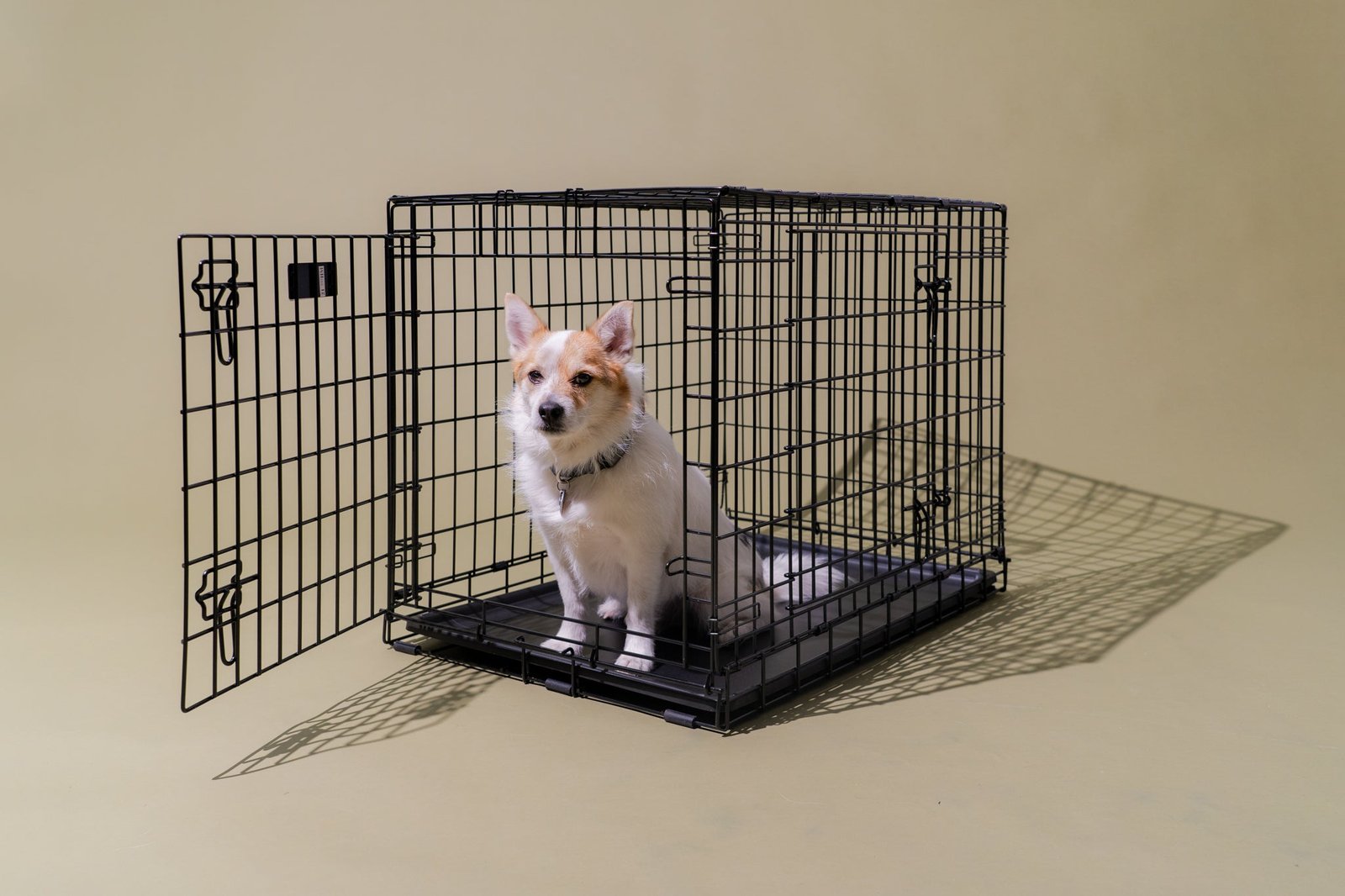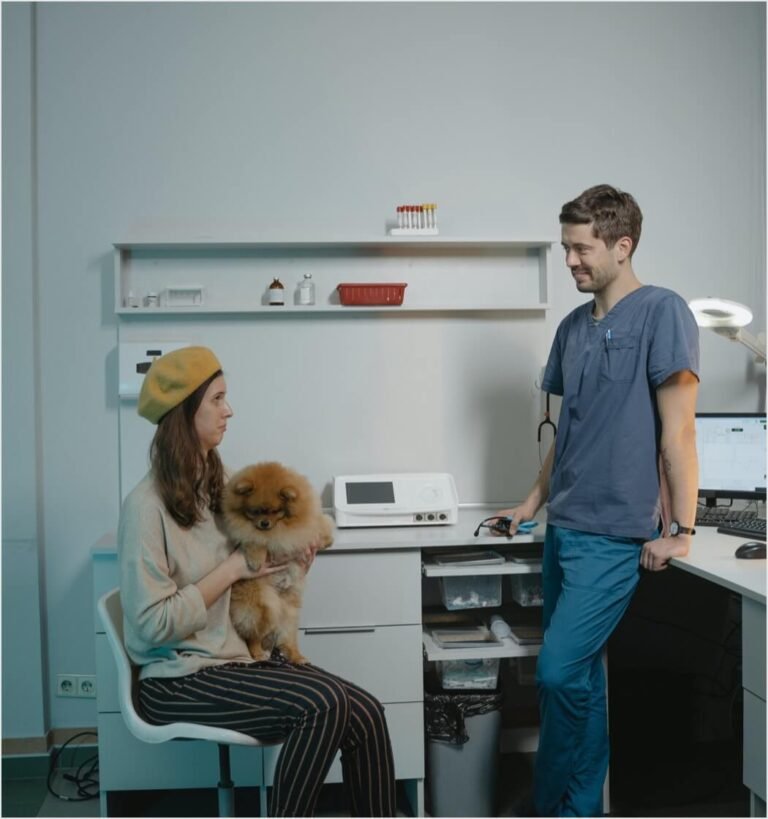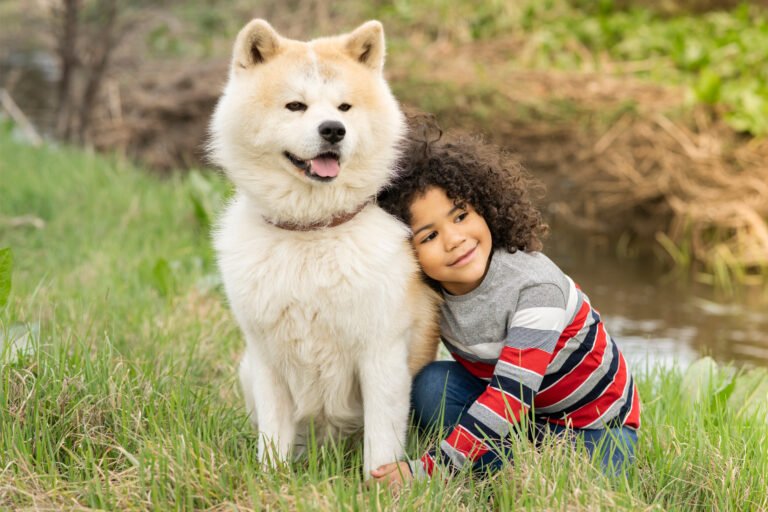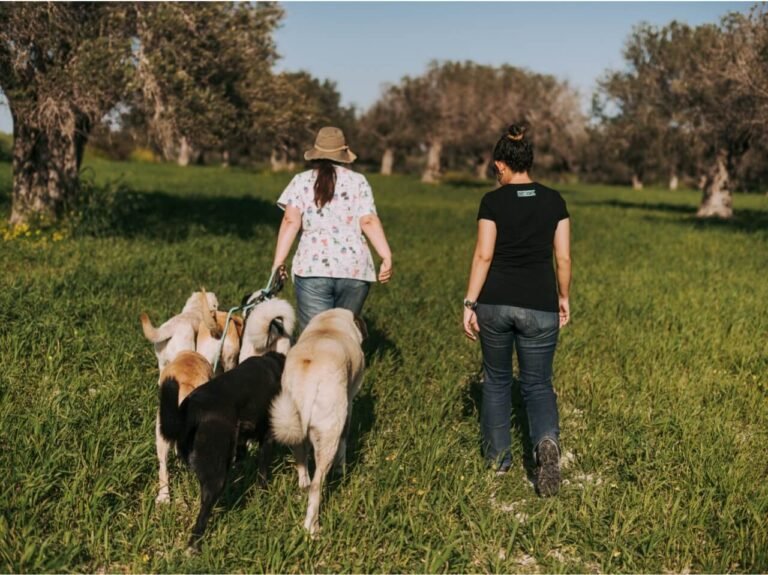A common question I see popping up more and more is the question of whether to crate-train or not. So, what is crate training and why is it important?
Crate training stands as a widely favoured technique among dog owners, assisting their furry companions in adjusting to a domestic lifestyle. It provides your pup with the ability to relax and establish a sense of security, making it a vital skill for puppies to learn. The advantages of crate training extend well beyond the early stages of a dog’s life, offering lifelong benefits. However, it’s important to keep in mind the potential hiccups when it’s not used in the right way.
Crate training is not just about confining your dog; it’s about providing them with a safe, comfortable space they can call their own. Below are the reason why crate training is an essential aspect of owning and raising a puppy:
Housebreaking: Crate training can accelerate the housebreaking process. Dogs instinctively avoid soiling their living space, so a properly sized crate can help them learn to hold it until they’re taken outside. This applies even to young puppies, who can learn to go through the entire night without needing a bathroom break by the time they reach 12-13 weeks of age.
Aiding puppy biting: Puppies lack the ability to self-regulate their sleep, and when they become overtired, their behaviour can resemble that of rambunctious baby sharks, complete with their razor-sharp baby teeth. When they enter this hyperactive state, the most effective approach is to place them in their crate, where they can quickly drift into a much-needed nap.
Routine: Establishing a routine is essential for navigating the challenges of puppyhood, and having a crate has proven to be a valuable asset in this endeavour. It simplifies the process of ensuring your pup enjoys consistent, scheduled nap times vital for their development while also reducing the likelihood of accidents through a well-maintained routine.
Vet Stays and Recovering from Injury: In the unfortunate event that your pup falls ill or sustains an injury requiring veterinary care, their chances of a swifter recovery increase significantly when they can find solace within a crate, as opposed to enduring stress and anxiety. Moreover, upon returning home, they often require ample rest to achieve a full recovery. Ensuring their comfort in a crate enables you to guarantee they receive the necessary rest, preventing them from engaging in potentially risky activities during their recuperation.
Safety: A crate serves as a reliable tool for keeping your dog out of harm’s way when you’re unable to keep a watchful eye on them, effectively preventing any potentially dangerous situations around the house. Furthermore, it can play a significant role in reducing the risk of GDV (gastric dilation volvulus or bloat) in large breed dogs by encouraging a calm and relaxed demeanour following meal time.
Stress Reduction: Dogs, being den animals by nature, find comfort and security in small, enclosed spaces. A crate can effectively serve as a haven where your dog can retreat to when experiencing moments of stress or anxiety.
Preventing Destructive Behaviour: Crating can work wonders in reducing destructive behaviours like furniture chewing and digging. Beyond that, it proves to be a valuable tool in managing unwanted habits such as excessive barking and separation anxiety. The crate provides a serene and secure environment, fostering a positive atmosphere for your dog to spend their time more productively.
What to avoid when Crate Training
Overuse: Overusing the crate can lead to isolation and boredom. Dogs should not be crated for extended periods of time and it is important to remember that they need exercise, mental stimulation, and social interaction.
Misuse: If used as a punishment or for excessive confinement, a crate can have negative emotional effects on your dog, leading to fear or anxiety associated with the crate.
Accidents: If a crate is not properly introduced and sized, accidents can happen. Dogs may soil their crate if it’s too big or if they’ve been confined for too long.
How to Effectively Crate Train Your Dog
Choose a crate that is the right size for your dog, allowing them to stand up, turn around, and comfortably lie down. Make it inviting with cosy bedding or a crate pad. Ensure the crate is a positive place by placing treats, toys, and food inside. Let your dog explore the crate at their own pace, without any pressure or coercion.
Start by leaving the crate door open and encouraging your dog to enter voluntarily. Once they feel confident going in and spending time there with the door open, gradually increase the duration they spend inside with the door closed. Offer praise and rewards when your dog enters the crate and remains calm, reinforcing that it is a safe and happy haven.
Be mindful not to leave your dog crated for excessively long periods. Puppies have limited bladder control, and even adult dogs require bathroom breaks. Never use the crate as a form of punishment; it should always be a sanctuary, not a place of fear.
Crate training is a valuable tool for dog owners when used correctly. It offers numerous benefits, from aiding in potty training to providing safety and comfort. However, it’s essential to avoid overuse or misuse of the crate and ensure that it remains a positive experience for your furry friend. With patience, consistency, and positive reinforcement, you can effectively crate train your dog and create a happy, safe space for them in your home.





